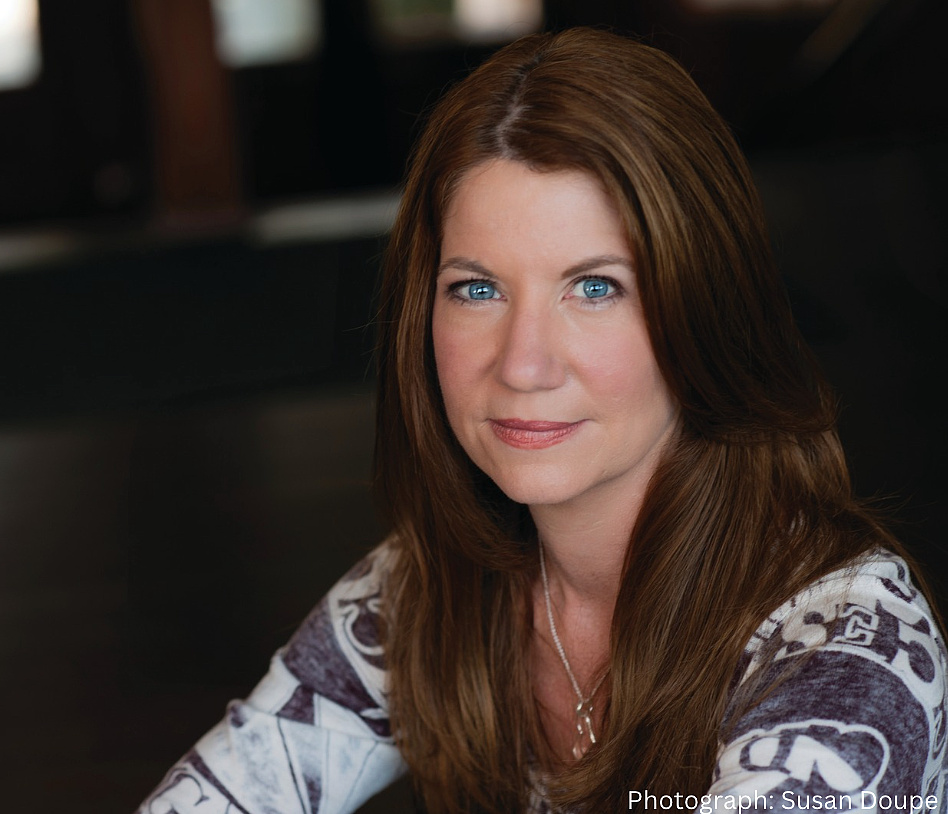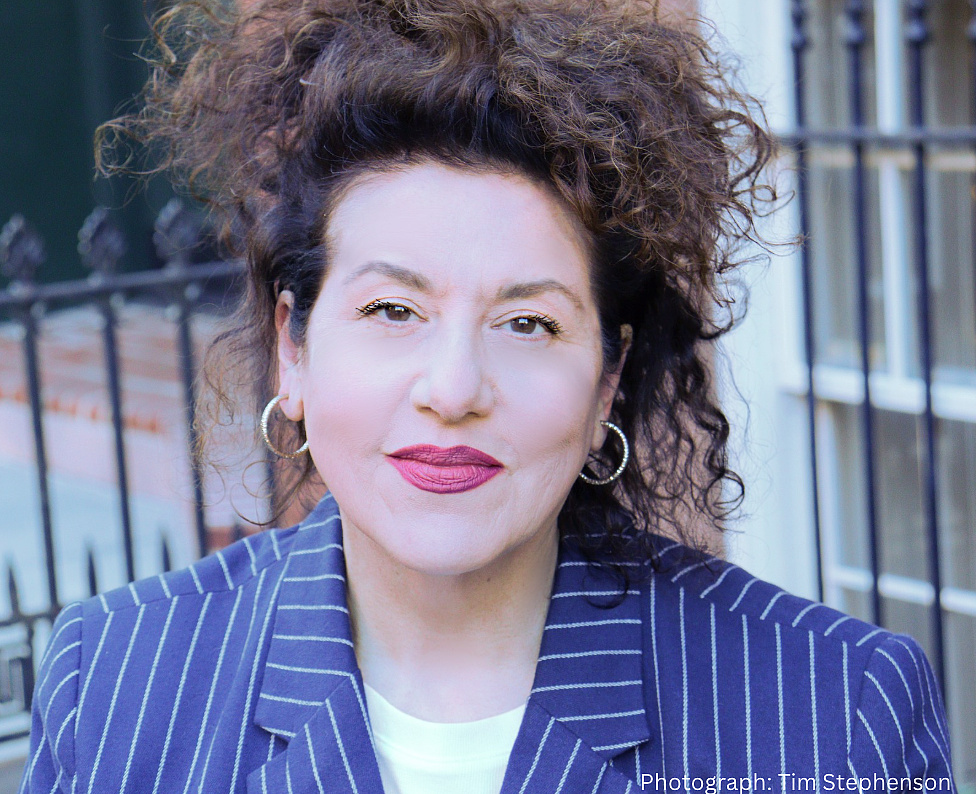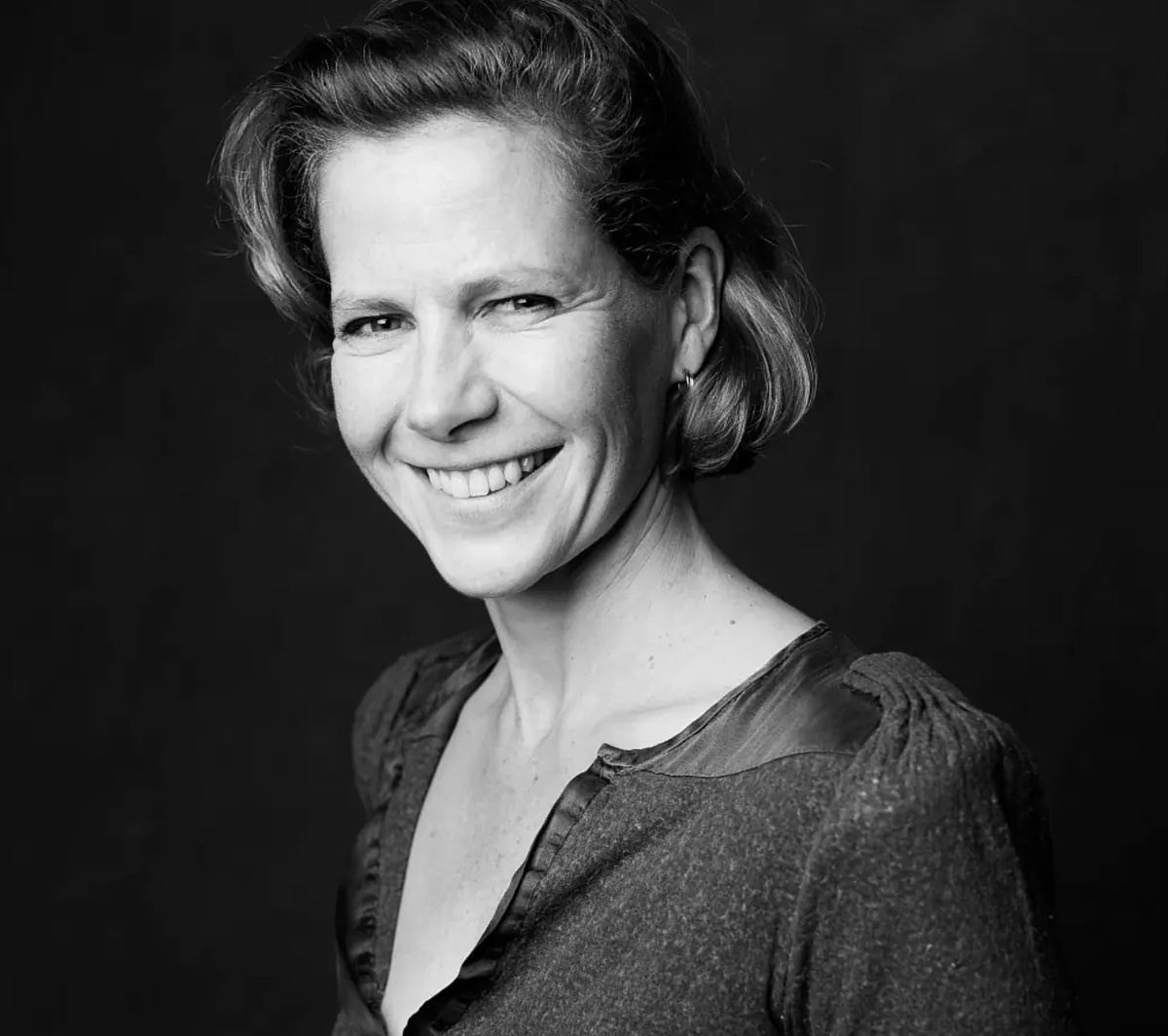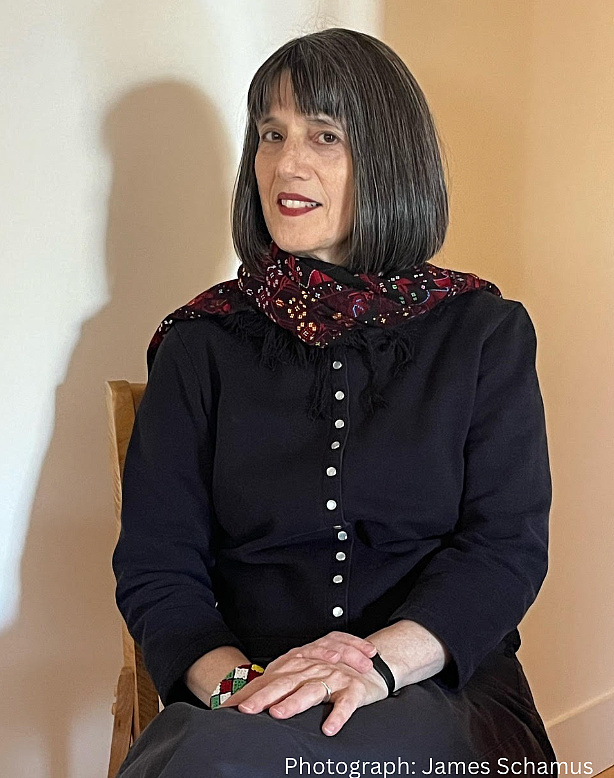
LibraryThing is pleased to sit down this month with bestselling Anglo-French author Joanne Harris, whose 1999 novel, Chocolat—shortlisted for the Whitbread Award—was made into a popular film of the same name. The author of over twenty novels, including three sequels to Chocolat—as well as novellas, short stories, game scripts, screenplays, the libretti for two operas, a stage musical, and three cookbooks, her work has been published in over fifty countries, and has won numerous awards. She was named a Member of the Order of the British Empire (MBE) in 2013 and an Officer of the Order of the British Empire (OBE) in 2022, for services to literature. A former teacher, Harris is deeply involved in issues of author rights, serving two terms as Chair of the UK’s Society of Authors (SOA) from 2018 to 2024. She is a patron of the charity Médecins Sans Frontières (Doctors Without Borders), to which she donated the proceeds from sales of her cookbooks. Cooking and food are consistent themes in her work, and she returns to the story of her most famous culinary character in her newest novel, Vianne, a prequel to Chocolat that is due out from Pegasus Books in early September. Harris sat down with Abigail this month to discuss this new book.
Set six years before the events of Chocolat, your new book is actually the fifth novel about Vianne Rocher to be released. What made you decide you needed to write a prequel? Did any of the ideas for the story come to you as you were writing the other books about Vianne, or was it all fresh and new as you wrote?
Vianne and I have travelled together for over 25 years, and although we’re different in many ways, I think we have some things in common. When I wrote Chocolat, I was the mother of a small child, and wrote Vianne’s character from a similar perspective. I left her in 2021 as the mother of two children, both young adults, and I realized that both Vianne and I needed to look back in order to move forward. Hence Vianne, my protagonist’s origin story, which answers a number of questions left unanswered at the end of Chocolat, and hopefully gives some insights into her journey. Most of it was new; I found a few references in Chocolat to work from, but until now I’ve had very little idea of what Vianne’s past might have been, which made the writing of this book such an interesting challenge.
Food and cooking are important themes in your work. Why is that? What significance do they have for you, and what can they tell us about the characters in your stories, and the world in which they live?
Food is a universal theme. We all need it, we all relate to it in different, important ways. It’s a gateway to culture; to the past; to the emotions. In Vianne it’s also a kind of domestic magic, involving all the senses, and with the capacity to transport, transform and touch the lives of those who engage with it.
Talk to us about chocolate! Given its importance in some of your best-known fiction, as well as the fact that you published The Little Book of Chocolat (2014), I think we can assume you enjoy this treat. What are your favorite kinds? Are there real life chocolatiers you would recommend, or recipes you like to make yourself? (Note: the best chocolate confections I myself ever tasted came from Kee’s Chocolates in Manhattan).
As far as chocolate is concerned, my journey has been rather like Vianne’s. I really didn’t know much about it when I wrote Chocolat, but since then I’ve been involved with many artisanal chocolatiers, and I’ve travelled to many chocolate producing countries. Some of my favourites are Schoc in New Zealand, and Claudio Corallo in Principe, who makes single-origin bean to bar chocolate on location from his half-ruined villa in the rainforest. And David Greenwood-Haigh, a chef who incorporates chocolate into his recipes much as Vianne does in the book (and who created the “chocolate spice” to which I refer in the story.)
Like its predecessors (or successors, chronologically speaking), Vianne is set in France. As the daughter of an English father and French mother, what insight do you feel you bring to your stories, from a cultural perspective? Do you feel you are writing as an insider, an outsider, perhaps both— and does it matter?
I think that as a dual national, there’s always a part of me that feels slightly foreign, which is why Vianne, too, is a perpetual outsider. But I do know enough about France to write with authority and affection – and maybe a little nostalgia, too. The France of my books is a selective portrait, based on the places and people I love, some of which have disappeared. These books are a way of making them live again.
Tell us a little bit about your writing process. Are you someone who maps out your story beforehand, or do you like to discover where things are going as you write? Do you have a particular writing routine? What advice would you give young writers who are just getting started?
My process varies according to the book, but as a rule I don’t map out the story in its entirety: I usually start with a voice, and a mission, and a number of pivotal scenes, and I see where that takes me. I write where I can: if I’m at home, I prefer my shed in the garden, but I can make do with any quiet space. My process involves reading aloud, so it’s best if I’m alone. And I use scent as a trigger to get me into the zone: a trick borrowed from Stanislasky’s An Actor Prepares, which I’ve been using for 30 years. In the case of Vianne I used Chanel’s Coromandel, partly because it’s an olfactory relative of Chanel No. 5, which I used when I was writing Chocolat. (And on the same theme, I’ve created a scent of my own with the help of perfumier Sarah McCantrey of 4160 Tuesdays): it’s called Vianne’s Confession, and it illustrates a passage from the book.)
As for my advice to young writers; just write. You get better that way. And if you are indeed just getting started, don’t be in a hurry to publish or to share your work if you don’t feel ready. You have as long as you like to write your first book, and only one chance at making a first impression. So take it slow, let yourself grow, and enjoy the process, because if you don’t enjoy what you do, why should anyone else?
What’s next for you? Do you have further books in the pipeline? Do you think Vianne, or any of the sequels to Chocolat, will also be made into a film?
I always have more books in the pipeline: the next one is very different; it’s a kind of quiet folk-horror novel called Sleepers in the Snow. As for films, it’s too early to say, but it would be nice to see something on screen again – though preferably as a series, as I really think these books, with their episodic structure, would probably work better that way.
Tell us about your library. What’s on your own shelves?
At least 10,000 books in French, English, German. I find it hard to give books away, so I’ve accumulated quite a library of all kinds of things, in many different genres.
What have you been reading lately, and what would you recommend to other readers?
Right now I’m reading a proof of Catriona Ward’s new book, Nowhere Burning, which is terrific: so well-written, and like all her books, quite astonishingly creepy.






